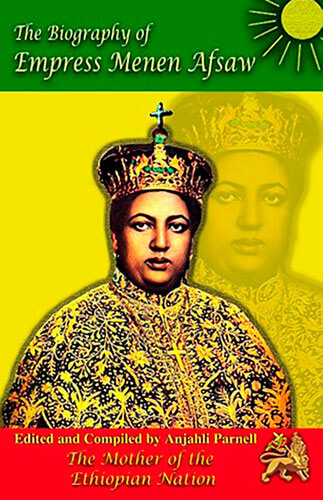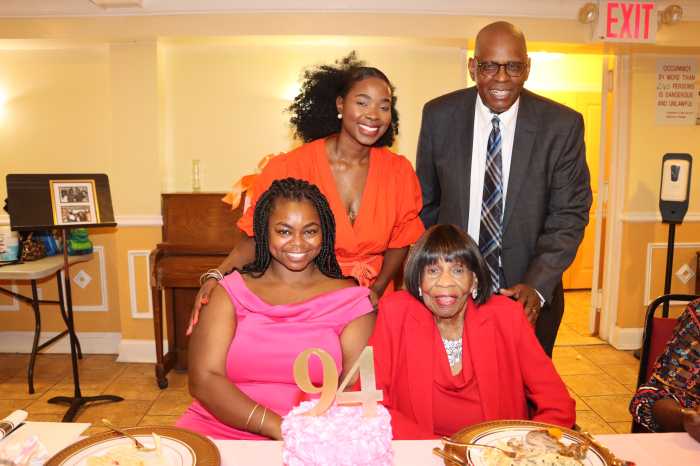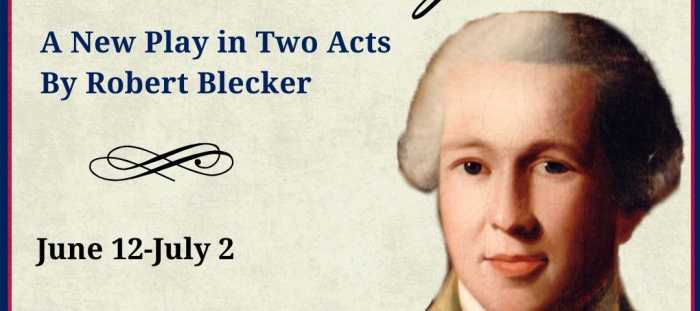Thanks to the conviction of Rastafarians, the most relentless advocates of the preservation of the legacy of Ethiopian Emperor Haile Sellassie I whom after his coronation in the 1930s adopted his title of Ras Tafari to proclaim his name and identify them-selves.
They consistently praise his name and reign with reference to his lineage as the 225th descendant in an unbroken line of monarchs to reign from the Solomonic dynasty. That his roots can be traced directly to the Queen of Sheba and King Solomon, he is also known by many titles including: the King of Kings, Governor of Harar, Conquering Lion of the Tribe of Judah, Elect of God, His Imperial Majesty (HIM) and to the devout and faithful, Jah.
And while much may be said about the Ethiopian emperor, except for the religious adoration by women dedicated to the same movement — and a few conscientious men — very little has been documented about his wife, Her Imperial Majesty, Empress Menen Asfaw.
Born April 3, 1891 she was crowned empress on Nov. 2, 1930 and maintained that royal title until Feb. 15, 1962 when she died at age 70 in Addis Ababa.
Empress Menen and Emperor Haile Selassie were the parents of six children: Princess Tenagnework, Crown Prince Asfaw Wossen, Princess Tsehai, Princess Zenebework, Prince Makonnen and Prince Sahle Selassie.
Revered as the Mother of the Ethiopian Nation, her indomitable legacy of caring for children and concern for humanitarian needs seem to remain elusive to classrooms here and in many western libraries.
Fact is she established childcare centers and handicraft schools as well as the Empress Menen School for Girls in Addis Ababa. The latter was the first all-girls school in Ethiopia and one that accommodated day and boarding students.
During the Italian Invasion of 1936-1941, she assumed the administrative responsibility of Ethiopia while the Emperor was on the battlefield.
According to biographer Anjahli Parnell, the empress was known as “a woman of great faith, she was a member of the Ethiopian Orthodox Christian Church and constructed and upgraded many churches throughout her country. She visited the Holy Land four times and built a church and monastery on the banks of the Jordan River. During her life she also experienced a great deal of sorrow and hardship, enduring the loss of seven of her ten children, five years as a refugee of war in exile, plus the everyday struggle of on-going health problems.”
Empress Menen was active in promoting women’s issues in Ethiopia.
Wikipedia records that: “The Empress gave generously, as well as sponsored programs for the poor, ill and disabled. She was also a devoutly religious woman who did much to support the Ethiopian Orthodox Tewaheo Church. She built, renovated and endowed numerous churches in Ethiopia and in the Holy Land. She gave generously from her personal funds towards the building of the new Cathedral of St. Mary of Zion at Axum, but did not live to see it completed and dedicated.
When the Empress was exiled from Ethiopia during the Italian occupation from 1936 to 1941, she made a pledge to the Virgin Mary at the Church of the Nativity in Bethlehem, promising to give her crown to the church if Ethiopia were liberated from occupation. The Empress made numerous pilgrimages to Holy Sites in the then British-ruled Palestine, in Syria and in Lebanon, during her exile to pray for her occupied homeland. Following the return of Emperor Haile Selassie I and his family to Ethiopia in 1941, a replica of the crown was made for future Empresses, but the original crown that Empress Menen was crowned with at her husband’s side in 1930 was sent to the Church of the Nativity. Empress Menen, although often seen wearing a tiara at public events that called for it, would never again wear a full crown.
Empress Menen performed perfectly in the role of Empress-consort. In her public role she combined religious piety, concern for social causes, and support for development schemes with the majesty of her Imperial status. Outwardly she was the dutiful wife, visiting schools, churches, exhibitions and model farms, attending public and state events at her husband’s side or by herself. She took no public stand on political or policy issues. Behind the scenes however, she was the Emperor’s most trusted advisor, quietly offering advice on a whole range of issues.
The Empress and some of her family were placed under house arrest briefly during the 1960 Imperial Guard coup against her husband at her villa outside the Guenete Leul Palace grounds in northern Addis Ababa. Following the return of the Emperor and the crushing of the coup attempt, there was much speculation as to the conduct of the Crown Prince, who had been proclaimed monarch by the coup leaders. It was noted that the Crown Prince had accompanied his mother in a drive through the palace grounds, making stops at Imperial Guard posts to exchange pleasantries with the guards, on the night before the coup was launched. The ailing Empress had been urged to visit the posts by security officials, who were concerned about the soldiers’ morale, and perhaps had an idea that something was brewing. The appearance of the Empress with the Crown Prince at her side may have been used by coup leaders as an indication to their followers that the Empress might sympathize with a movement that brought her favored son to the throne. It is extremely unlikely that either the Empress or the Prince had any idea of what was being plotted. However, a cloud of suspicion never left the Crown Prince, and the Empress was deeply saddened by this.
Following her death in 1962, the Empress was buried in the crypt of Holy Trinity Cathedral in the capital city among the tombs of her children. Prime Minister Aklilu Hapte-Wold delivered her eulogy paying tribute to her charity, her piety, and her role as advisor and helpmate to the Emperor, as well as her personal kindness and goodness. On the third day memorial and commemoration after the funeral, the Emperor himself paid tribute to his wife by saying that although the Prime Minister had aptly described what kind of person his late wife had been, he wanted to say that during their five decades of marriage, not once had it been necessary to have a third party mediate between him and his wife, and that their marriage had been one of peace and mutual support.
Later, the Emperor built a pair of grand sarcophagi in the north transept of Holy Trinity Cathedral’s nave, in order to transfer his wife’s remains there and eventually be buried at her side himself. But due to the revolution, the Emperor was not buried there after his death, and the Empress remained in her original tomb in the crypt. During the ceremonial burial of her husband’s remains in November 2000, the remains of Empress Menen were also disinterred from the crypt tomb, and placed in the sarcophagus next to her husband in the nave of the Cathedral, as he had originally intended.”























